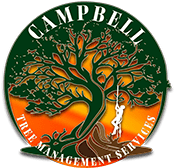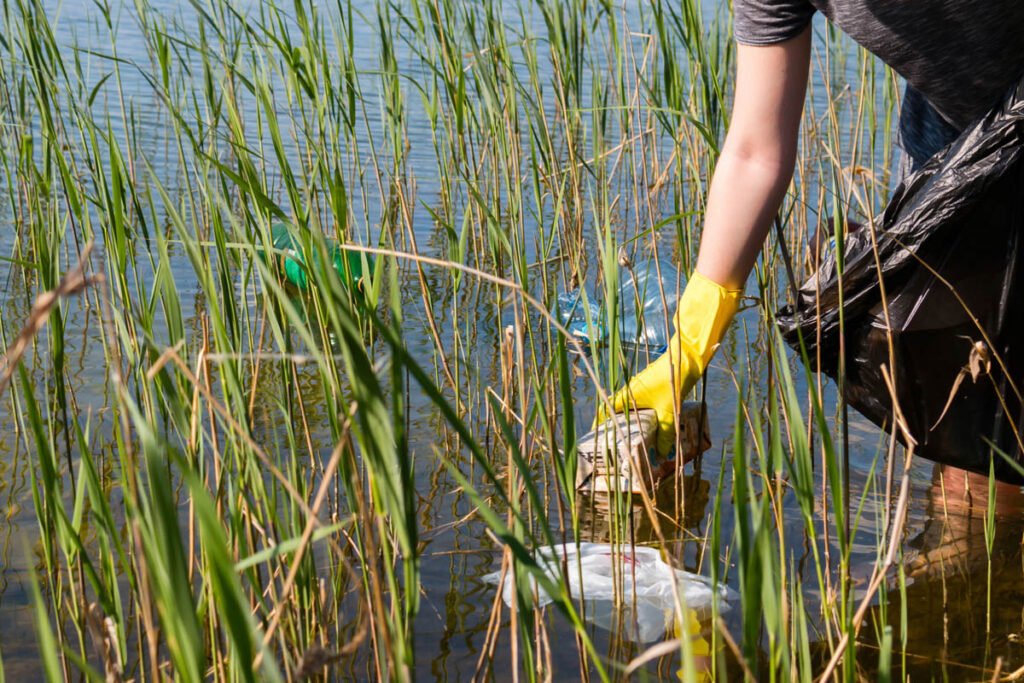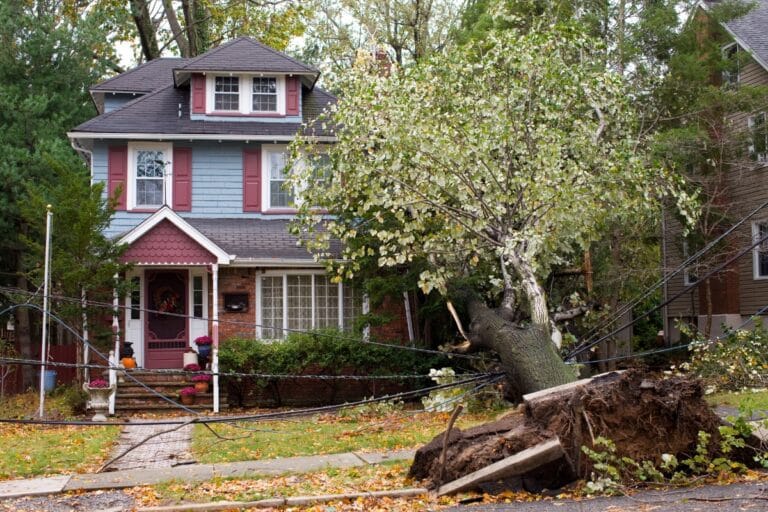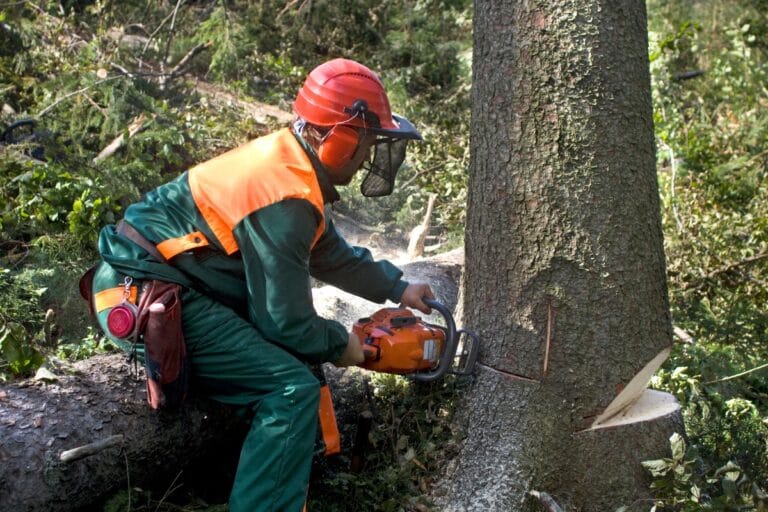In the center of every retention pond, there is a delicate balance where retention pond maintenance and nature’s intricate dance intertwine. As caretakers of these aquatic microcosms, we possess the key to cultivating a thriving ecosystem that coexists harmoniously with the environment. Welcome to a world where water meets land, teeming with life in unexpected abundance and where the essence of sustainability unfolds before our very eyes.
Uncover the expert tips and tricks that breathe life into these tranquil waters, transforming them into vibrant hubs of biodiversity. From the gentle hum of beneficial bacteria to the strategic placement of native flora, discover how each meticulous step plays a crucial role in nurturing the delicate balance of this aquatic habitat. Join us as we unravel the secrets of retention pond maintenance – where science meets art, and where a thriving ecosystem awaits its devoted caretakers.
Understanding the Importance of Retention Ponds in Ecosystems
Retention ponds, also known as detention basins or stormwater ponds, are artificial bodies of water designed to collect and store excess rainwater runoff. They play a vital role in maintaining the health and balance of ecosystems by preventing flooding, reducing erosion, and improving water quality.
One of the primary functions of retention ponds is to control stormwater runoff. When it rains, water flows over impervious surfaces such as roads, parking lots, and rooftops, picking up pollutants along the way. Without proper management, this polluted runoff can enter natural water bodies like rivers and lakes, causing significant harm to aquatic life and ecosystems.
Retention ponds act as a buffer zone between developed areas and natural water bodies. They collect stormwater runoff from surrounding areas and hold it temporarily until it can be released at a controlled rate. This allows sedimentation to occur within the pond, trapping pollutants before they reach sensitive habitats downstream.
In addition to flood control and pollution reduction, retention ponds also provide important habitat for various aquatic species. The calm waters and surrounding vegetation create ideal conditions for many plants and animals to thrive. Native flora can take root along the pond’s edges, providing food and shelter for insects, birds, amphibians, and other wildlife.
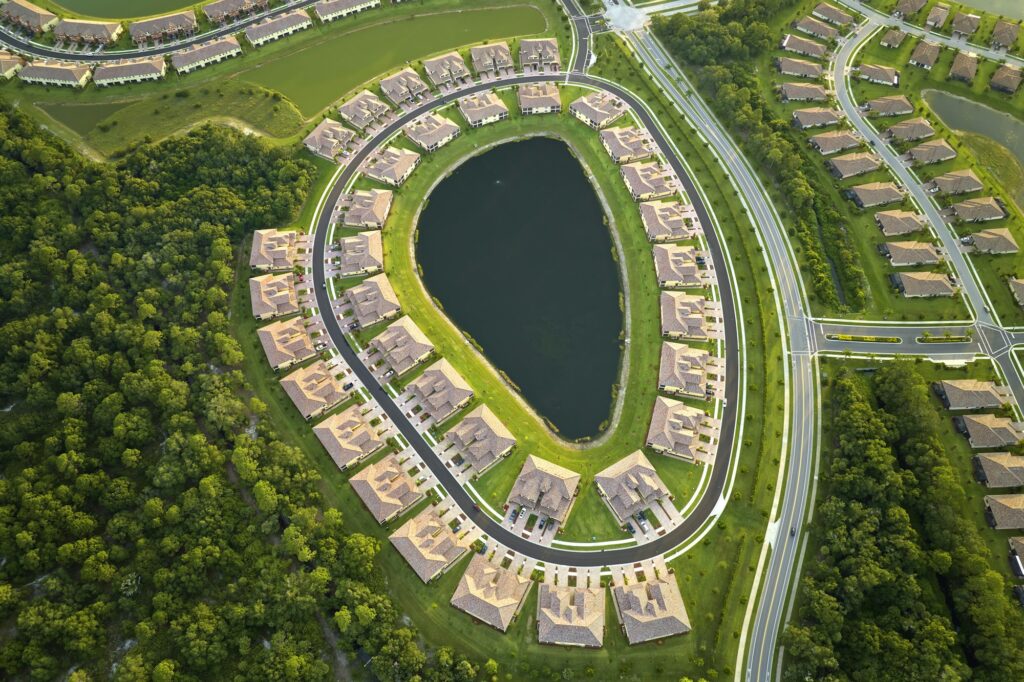
The Role of Beneficial Bacteria in Sustaining Water Quality
A crucial aspect of retention pond maintenance is ensuring good water quality. This is where beneficial bacteria come into play. These microscopic organisms play a vital role in breaking down organic matter that accumulates in the pond.
As organic debris such as leaves or dead plant material enters the pond, it undergoes decomposition. Beneficial bacteria feed on this organic matter, breaking it down into simpler compounds that can be absorbed by plants or further degraded by other microorganisms. This process helps to maintain a healthy balance of nutrients in the water and prevents the accumulation of harmful substances.
Regular monitoring of water quality parameters such as dissolved oxygen levels, pH, and nutrient concentrations is essential to ensure that the beneficial bacteria are thriving and performing their role effectively. If any imbalances are detected, appropriate measures can be taken to restore the pond’s health.
Creating Habitat Niches for Aquatic Wildlife Diversity
Retention ponds have the potential to support a diverse array of aquatic wildlife. By incorporating various habitat niches within the pond, it becomes an inviting environment for different species to inhabit.
One way to create habitat niches is by incorporating different depths within the pond. Shallow areas with emergent vegetation provide ideal breeding grounds for amphibians and nesting sites for birds. Deeper sections offer refuge for fish and other aquatic organisms during hot summer months or harsh winters.
The presence of submerged vegetation also plays a crucial role in enhancing habitat diversity. These plants provide shelter, food sources, and spawning grounds for many aquatic species. They also help to oxygenate the water by releasing oxygen during photosynthesis.

Implementing Sustainable Practices for Long-Term Retention Pond Health
Maintaining a retention pond requires adopting sustainable practices that promote long-term health and functionality. One important aspect is managing stormwater inputs into the pond effectively.
Sedimentation basins or vegetated swales can be implemented upstream of retention ponds to capture sediment before it enters the main body of water. This reduces maintenance needs and prolongs the lifespan of the pond.
In addition, regular inspections should be conducted to identify any signs of erosion or structural damage that may compromise the integrity of the pond. Repairing these issues promptly ensures that stormwater is effectively contained and managed.
Monitoring and Assessing Water Quality Parameters for Ecosystem Balance
Monitoring water quality parameters is crucial for maintaining the balance of the retention pond ecosystem. Regular testing allows for early detection of any changes or imbalances that may require intervention.
Parameters such as dissolved oxygen levels, pH, temperature, and nutrient concentrations should be monitored regularly. Deviations from optimal ranges can indicate potential issues such as excessive nutrient loading or inadequate oxygen levels.
By identifying these problems early on, appropriate measures can be taken to restore the balance and prevent further degradation of water quality. This may include implementing aeration systems, reducing nutrient inputs, or removing excess vegetation.

Collaborating with Experts and Local Authorities for Effective Pond Management
Maintaining a retention pond requires collaboration between various stakeholders, including experts in aquatic ecology and local authorities responsible for stormwater management.
Experts can provide valuable insights into best practices for pond maintenance and offer guidance on specific issues that may arise. They can also assist in developing long-term management plans that ensure the continued health and functionality of the retention pond.
Local authorities play a crucial role in enforcing regulations related to stormwater management. They can provide guidance on permit requirements, water quality standards, and other legal aspects that need to be considered during retention pond maintenance.
Conclusion: Fostering Harmony Between Retention Pond Maintenance and Nature
In conclusion, retention ponds are essential components of urban ecosystems that require careful maintenance to ensure their effectiveness in managing stormwater runoff while supporting biodiversity. By understanding their importance in maintaining water quality, creating habitat niches for wildlife diversity, implementing sustainable practices, monitoring water quality parameters, and collaborating with experts and local authorities, we can foster harmony between maintenance activities and nature’s delicate balance. Through our collective efforts, we can cultivate thriving ecosystems within retention ponds that benefit both humans and the environment.
